Diamanda Galas - Broken Gargoyles (2022) Hi Res
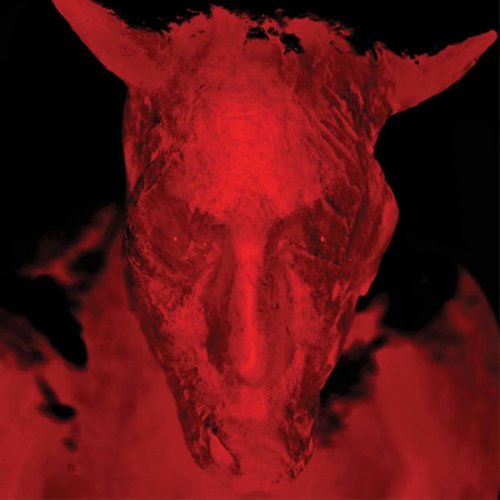
Artist: Diamanda Galas
Title: Broken Gargoyles
Year Of Release: 2022
Label: Intravenal Sound Operations
Genre: Electronic, Experimental, Avant-Garde, Singer-Songwriter, Female Vocalists
Quality: 320 kbps | FLAC (tracks) | 24Bit/96 kHz FLAC
Total Time: 00:41:02
Total Size: 94 mb | 241 mb | 829 mb
WebSite: Album Preview
Tracklist:Title: Broken Gargoyles
Year Of Release: 2022
Label: Intravenal Sound Operations
Genre: Electronic, Experimental, Avant-Garde, Singer-Songwriter, Female Vocalists
Quality: 320 kbps | FLAC (tracks) | 24Bit/96 kHz FLAC
Total Time: 00:41:02
Total Size: 94 mb | 241 mb | 829 mb
WebSite: Album Preview
01. Diamanda Galás - Broken Gargoyles I. Mutilatus
02. Diamanda Galás - Broken Gargoyles II. Abiectio
Employing a vast array of advanced vocal and instrumental techniques, Broken Gargoyles is arguably Galas? most intellectually, sonically and viscerally formidable work to date. The album finds the visionary artist deftly probing the weaving, warping transformation on the nervous systems of her post-traumatic soldiers and dying diseased. Composed in 2020 during the beginning of the Covid-19 pandemic, the first presentation of Broken Gargoyles featured verses by German poet Georg Heym, "Das Fieberspital" and "Die D?monen der Stadt." The work was finalized in 2020 in collaboration with the artist and sound designer Daniel Neumann. In "Das Fieberspital" Heym describes the horrific state of people suffering from yellow fever who live in paralyzing fear of death and swirling delirium owing to their brutal treatment and isolation in medical wards in early 20th-century Germany. "Die D?monen der Stadt" also addresses such grim portents of World War I; in this poem, the god Baal observes (like a gargoyle) a town from a rooftop of a city block at nighttime and lets a street burn down during dawn. The final incarnation of the work was played as a sound installation at the Kapellen Leprosarium (Leper?s Sanctuary) in Hanover, Germany. "Broken Gargoyles is a descent into human abjection, and beyond its agonies, into animality and subhuman ferocity." - NY Times June 2022.
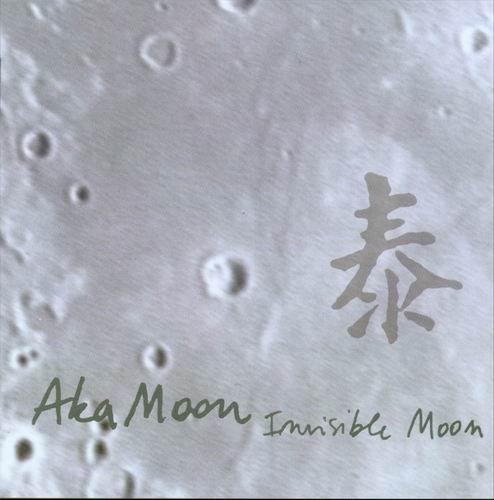

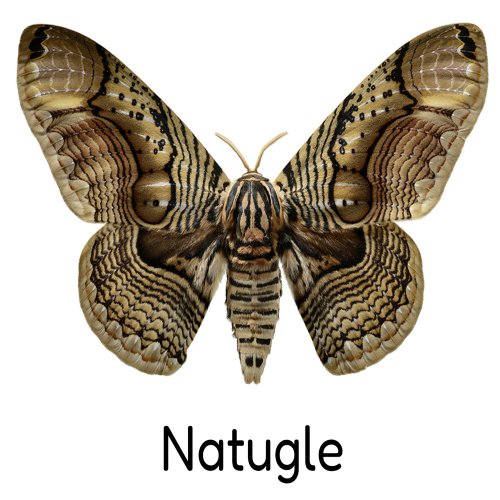
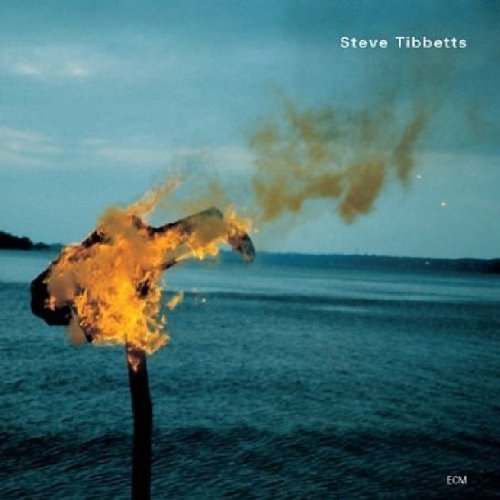
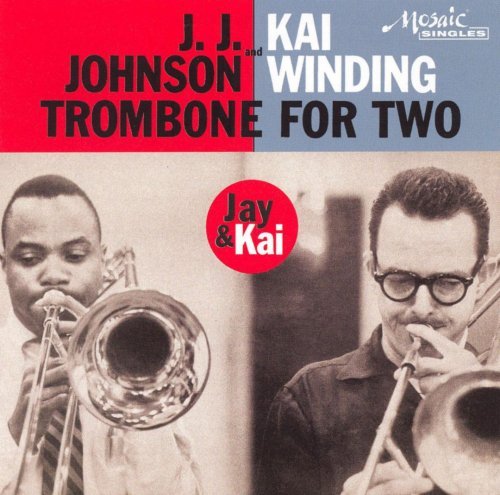
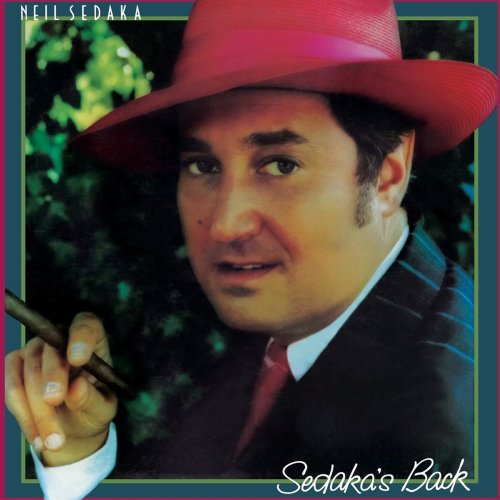

![Marcello Crocco - Flauto Magico (2025) [Hi-Res] Marcello Crocco - Flauto Magico (2025) [Hi-Res]](https://www.dibpic.com/uploads/posts/2025-10/1761545047_a2714045478_10.jpg)
